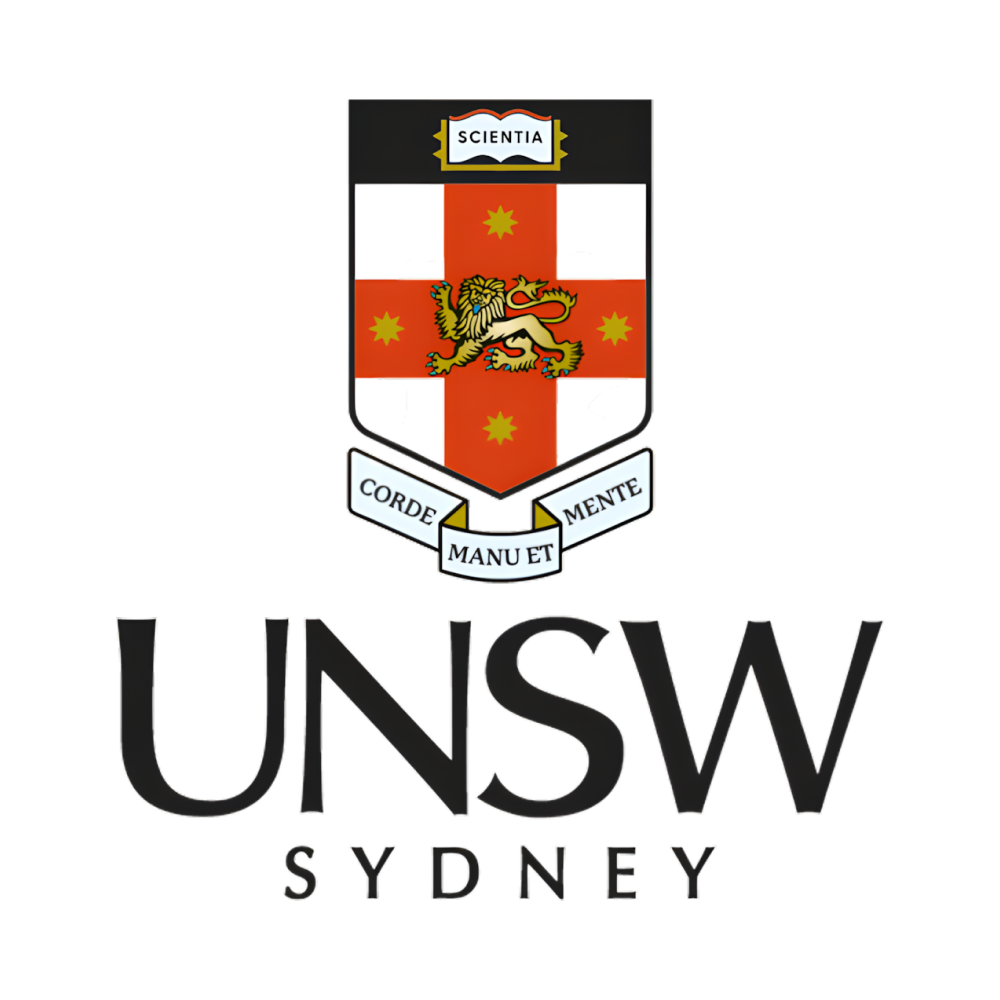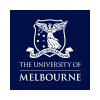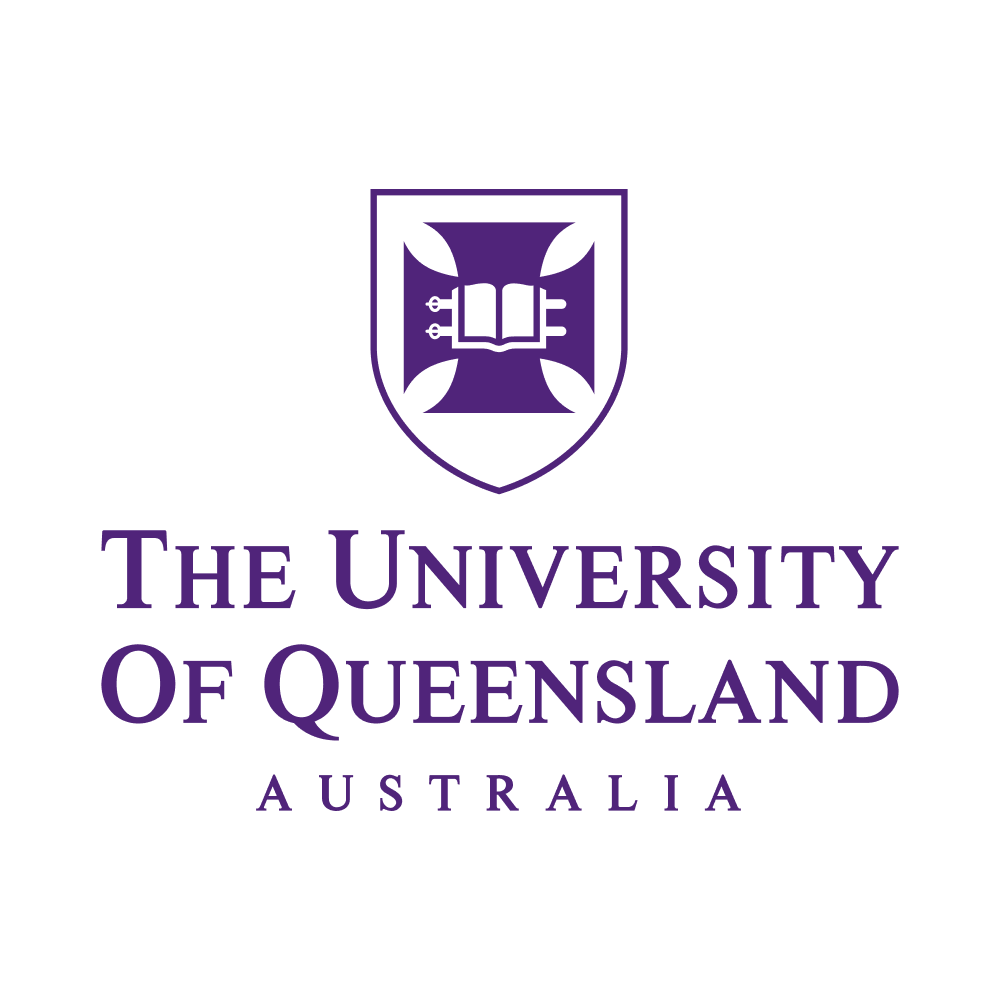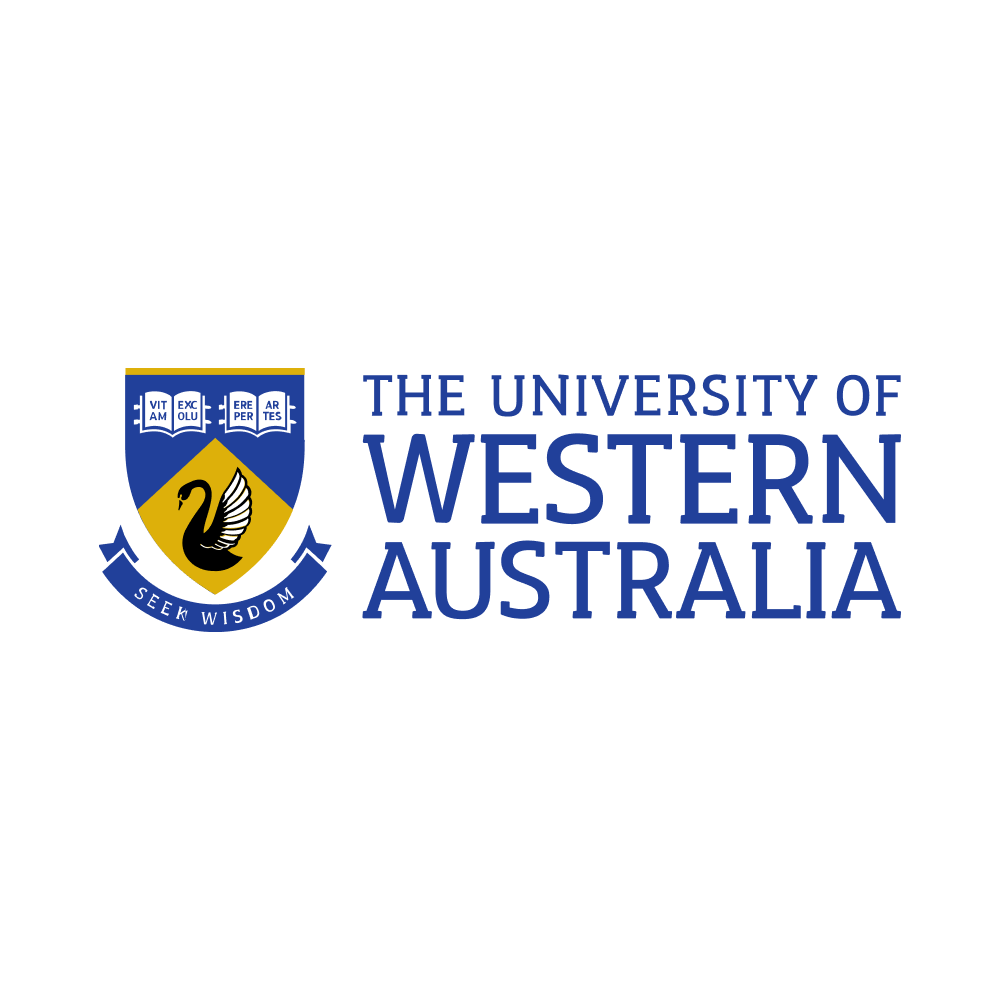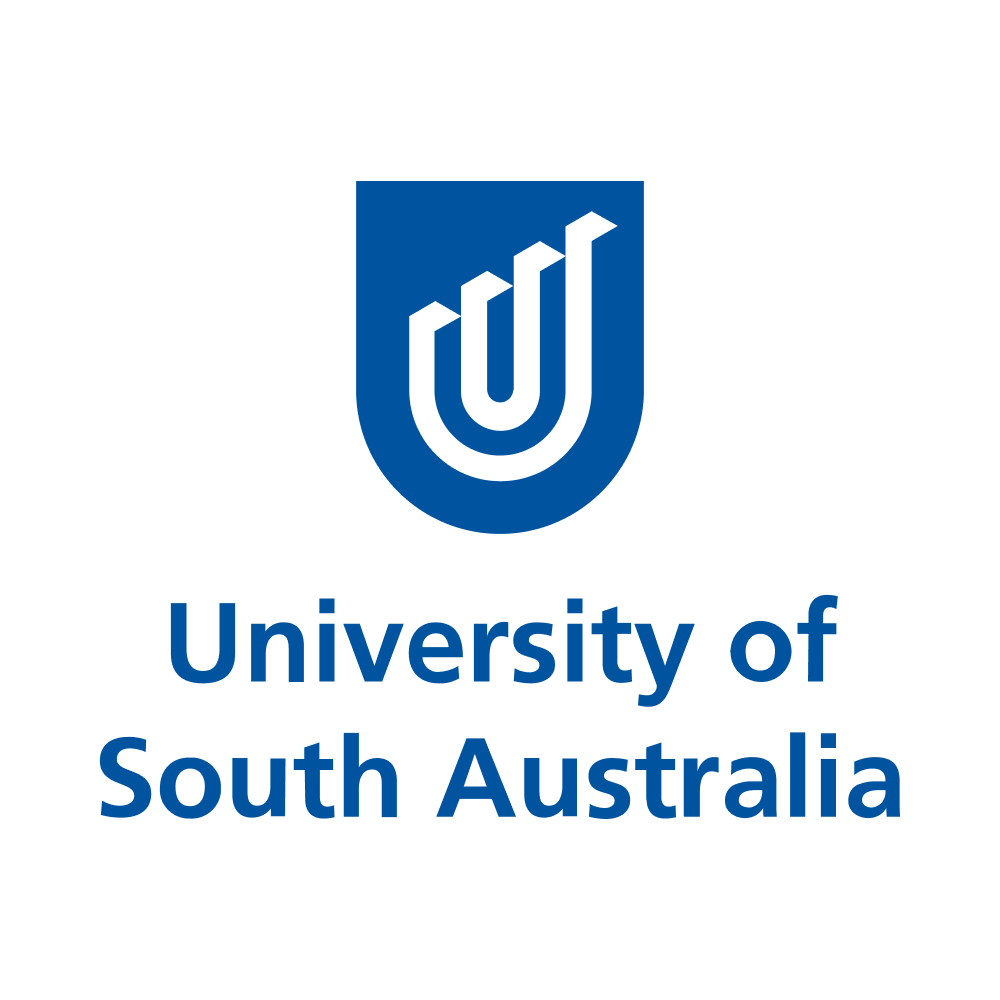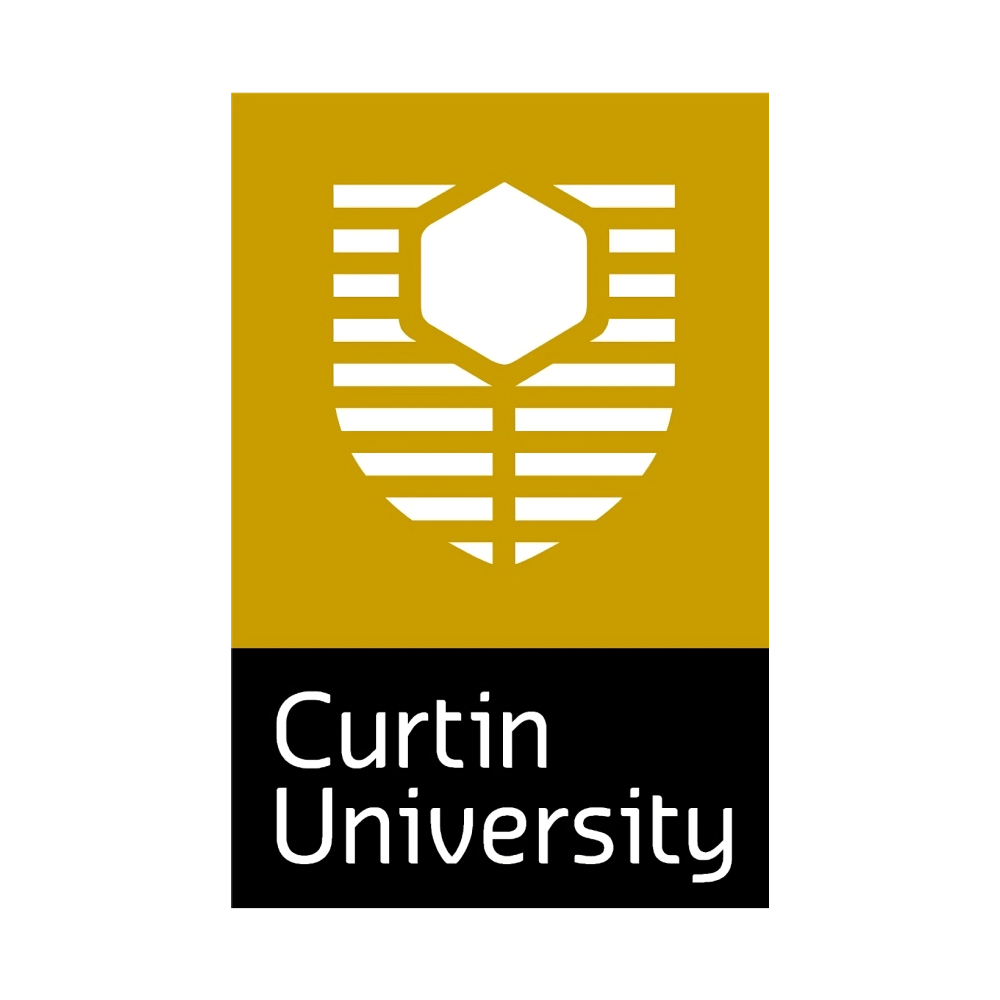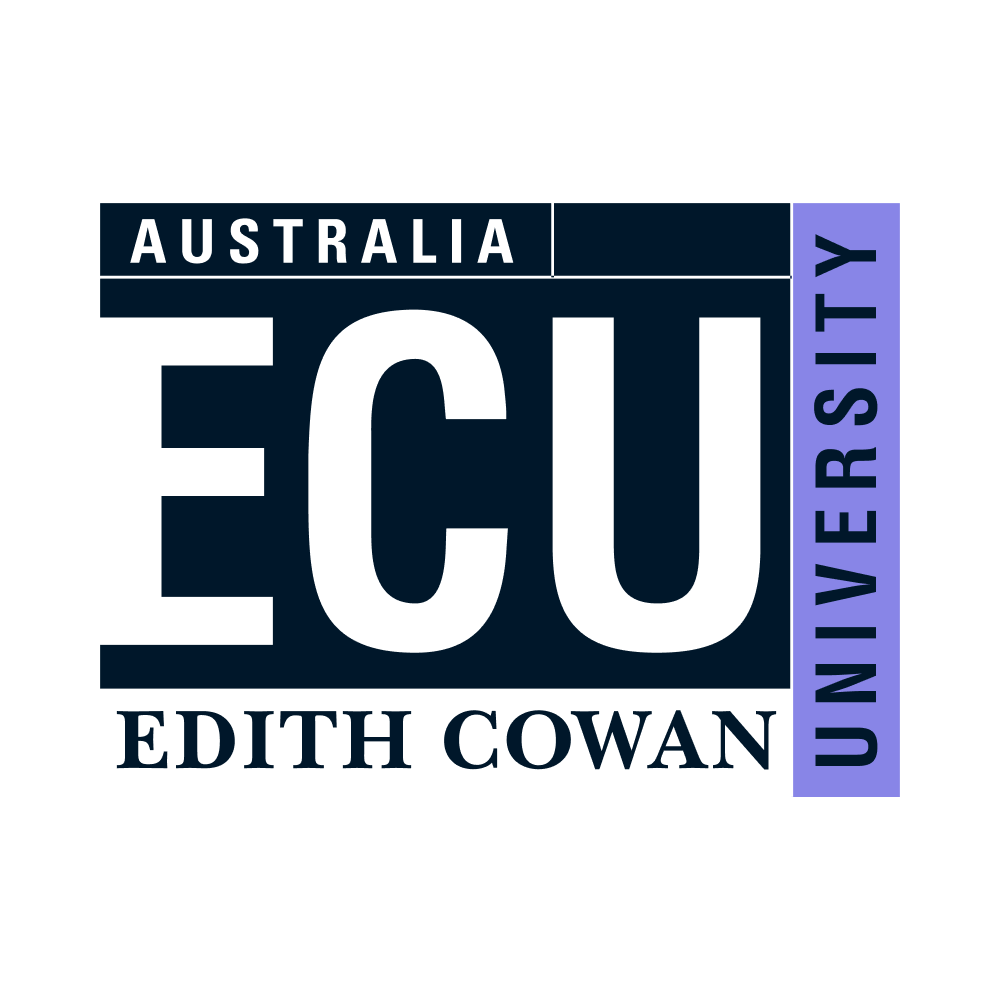Curtin University
Graduate Certificate in Occupational Health and Safety
- Delivery: Online
- Study Level: Postgraduate
- Duration: 6 months
- Course Type: Graduate Certificate
Develop theoretical skills in occupational health and safety while discovering new knowledge and innovative problem-solving methods.
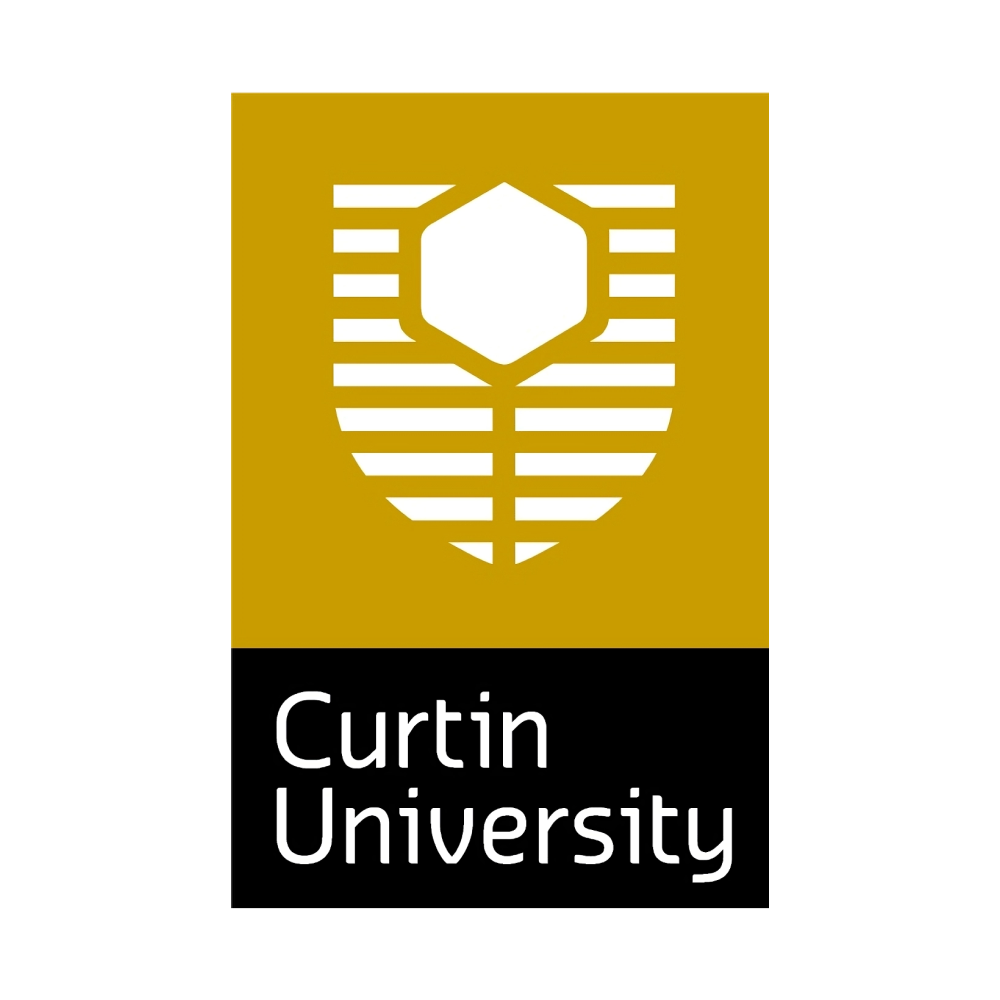
Course overview
This multidisciplinary course provides specialised advanced training for graduates or occupational health and safety practitioners, emphasising risk and safety management, accident prevention and safety technology. It allows for additional specialisation according to individual needs and, upon completion, provides entry into the Graduate Diploma in Occupational Health and Safety. All students will be required to undertake an academic skills module at the commencement of the course.
CSP Subsidised Fees Available
This program has a limited quota of Commonwealth Supported Places (CSP). The indicative CSP price is calculated based on first year fees for EFT. The actual fee may vary if there are choices in electives or majors.
Key facts
What you will study
To complete the study of the Graduate Certificate in Occupational Health and Safety, students must complete 100 credit points, which consist of:
- Accident Prevention and Safety Management
- Risk Management and Safety Technology
Options
Complete 50 credit points from the following options:
- Compensation and Injury Management
- Occupational Hygiene and Chemical Safety
- Health and Safety Economics and Management
- Ergonomics
Entry requirements
Applicants must have a recognised bachelor's degree or equivalent, preferably in health, science, education or management-related background.
English language requirements
Curtin requires all applicants to demonstrate proficiency in English. Specific English requirements for this course are outlined below:
- IELTS - Writing 6.0
- Speaking 6.0
- Reading 6.0
- Listening 6.0
- Overall bans score 6.5
You may demonstrate English proficiency using other tests. Please contact the university for complete details.
Recognition of Prior Learning
You may be able to get credit for your course based on prior formal, non-formal or informal learning. To apply, you will need to provide supporting documentation outlined by the university. Contact the university for more information.
Outcomes
Careers
Graduates may gain employment in various industries, including mining, oil, gas, manufacturing and construction.
There may also be corporate, government, health and academic career opportunities.
Learning outcomes
Graduates will learn the following skills during the course:
- Apply and integrate the knowledge, principles and practical skills of occupational health and safety to prevent injury and occupational disease in the workplace environment.
- Apply logical and rational processes to critically analyse issues relevant to OHS and think creatively in solving problems.
- Access, evaluate and synthesise relevant information and evidence from a range of resources available in OHS and use appropriate information and communication technology practices.
- Communicate effectively with a range of people, including community groups, workers, employers, statutory authorities, their representatives and other professionals.
- Use scientific and technological methods with an understanding of their advantages and limitations.
- Demonstrate ability for self-directed and lifelong learning through the pursuit of professional development opportunities in occupational health and safety.
- Recognise and apply international standards and perspectives within OHS.
- Demonstrate an appreciation of cultural diversity, including the impact of cultural and social factors on OHS practices.
- Demonstrate professionalism and capacity for leadership and be able to work independently, collaboratively and ethically.
Fees and CSP
Estimated fee in 2025: $4,700 (Commonwealth Supported Place).
Estimated full fee in 2025: $13,269 (domestic full-fee paying place).
Student fees may vary in accordance with:
- The number of units studied per term.
- The choice of major or specialisation.
- Choice of units.
- Credit from previous study or work experience.
- Eligibility for government-funded loans.
Student fees shown are subject to change. Contact the university directly to confirm.
Commonwealth Supported Places
The Australian Government allocates a certain number of CSPs to the universities each year, which are then distributed to students based on merit.
If you're a Commonwealth Supported Student (CSS), you'll only need to pay a portion of your tuition fees. This is known as the student contribution amount – the balance once the government subsidy is applied. This means your costs are much lower.
Limited CSP spaces are offered to students enrolled in selected postgraduate courses.
Your student contribution amount is:
- Calculated per unit you're enrolled in.
- Dependent on the study areas they relate to.
- Reviewed and adjusted each year.
HECS-HELP loans are available to CSP students to pay the student contribution amount.
FEE-HELP loans are available to assist eligible full-fee paying domestic students with the cost of a university course.
